Last Updated: 9 months ago
When we first heard about the concept of cat litter alternatives, we were skeptical about their effectiveness compared to traditional options.
However, it made us reflect on why we were using store-brand cat litter without considering other alternatives.
Our lack of awareness led us to explore different options and factors to consider when choosing cat litter alternatives. In the following sections, we will share our findings and insights with you.
What can be used instead of cat litter?
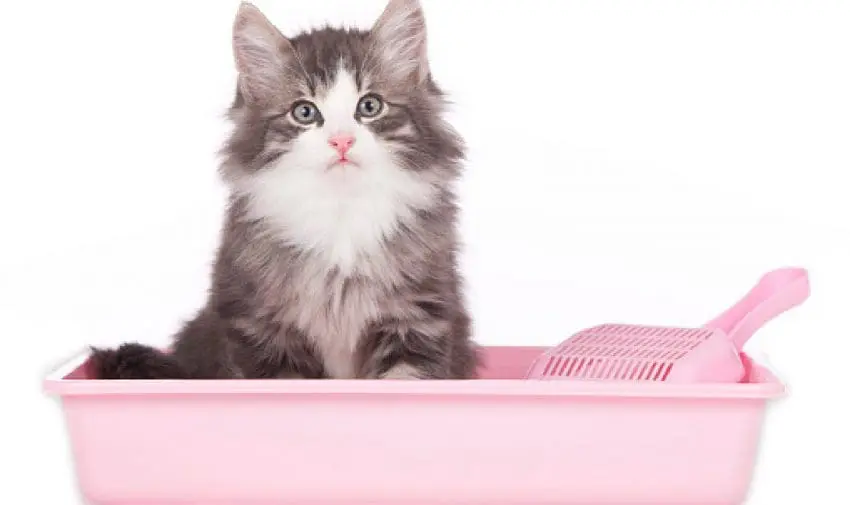
Now that you understand the reasons why people might prefer cat litter alternatives, let’s consider the possible substitutes.
There are some common types of alternatives that are tried and tested, and we gave feedback on the types of things you should consider for the types of litter you might want or your situation.
1. Sand
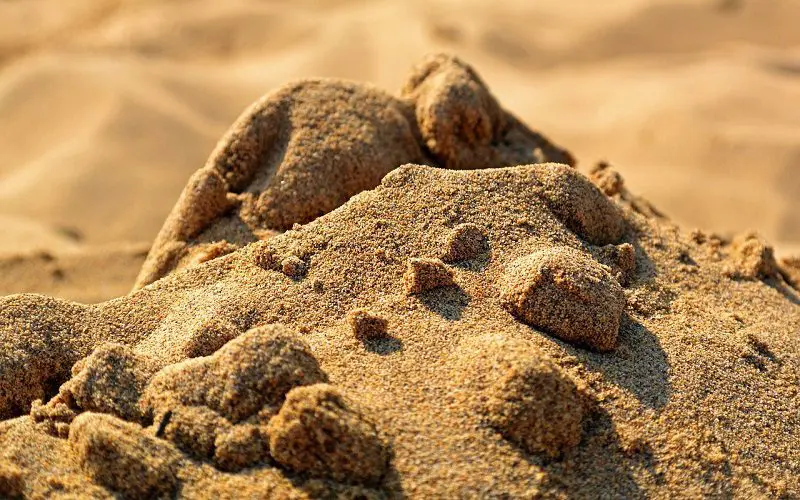
This is so close to a cat litter alternative that we are a little skeptical about whether we want to speak about it or not because it is just so basic.
Before we had our modern cat litter, cat owners set up a box of sand outside for their pets, so why not go back?
Sand is much more easily available in bulk in any area you live in, whether it is a rural or urban area.
Frankly, this was not our favorite. Although it is straightforward, it is heavy, so buying in bags does not make much sense. It also does not neutralize the smell of your cat’s bathroom.
Pros
- Available in bulk most areas
Cons
- Heavy
- Gets stuck in the cat’s paws
- Does not clump
- You need to use baking soda to deodorize
2. Newspaper or paper waste
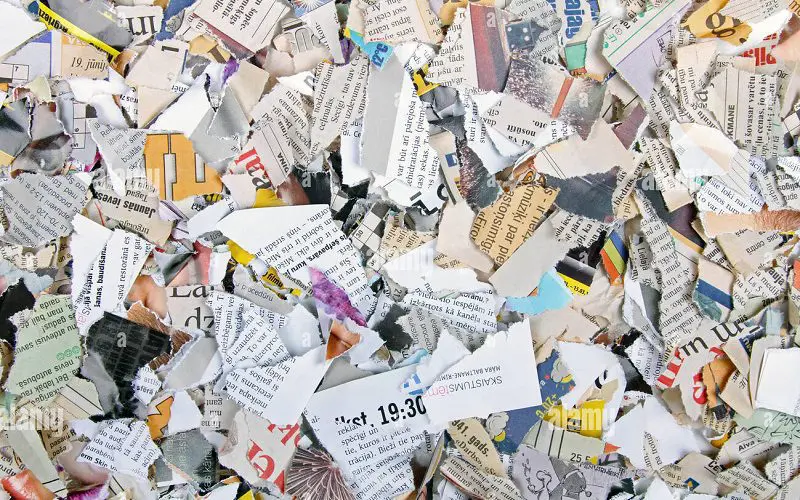
This is a good option if you live in the city and suburbs.
Most things are paperless these days, but we still get junk mail piling up from time to time.
A great way to repurpose paper junk is to shred it (even easier if you have a paper shredder).
If you live in a city or urban area, most offices have paper waste that they are happy to give away. This is also lightweight, so it will be easy to transport and handle in bulk.
One caveat to using newspaper and paper waste is that if you do end up having an odor issue, you can always spray a deodorizer or odor neutralizer to help.
Paper products do not do well at deodorizing smells, so if you are sensitive to that, be warned.
Pros
- Easy to clean and lightweight
- Very cheap and found in most households lying around
- Absorbs cat pee and smells well
- Easy to clean and dispose
- A great option if you live in the suburbs or city
- Lightweight
Cons
- Use with a deodorizer
- If you do not have a paper shredder, may need to shred by hand
- Does not clump
3. Sawdust and Wood Shavings
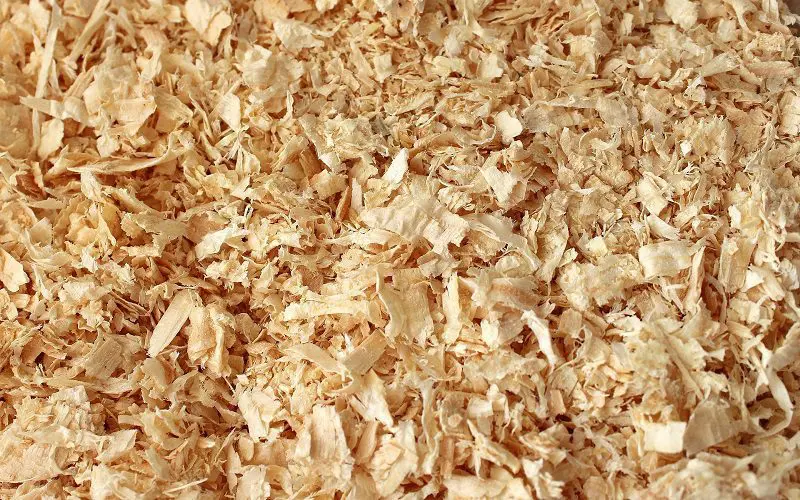
Sawdust, wood shavings, or a combination of the two make a slightly better cat litter alternative in our book because it better absorbs smells.
It also has the same benefits as newspapers and paper waste in that it minimizes mess and does not get stuck between your cat’s paws.
If you live in an urban or suburban area, ask a store that specializes in landscaping or a mulch supplier if they have wood shavings in bulk.
An added environmental benefit is that it can be composted when you are done. It is also super lightweight, so carrying it around will not be a chore.
Our caveat with sourcing wood shavings from other places is to consider the type of wood.
Pine and cedar shavings get their nice smell from the chemicals (called aromatic hydrocarbons and phenols) in the wood.
These chemicals, mainly from wood that is not heat-treated, may still be leftover if not fired. And they’re very dangerous for cats.
Pros
- Absorbs and smells well
- It has a nice smell
- Easy to clean and dispose
- Compostable
- Sourced in bulk
- Lightweight
- Sawdust clumps up and is easily disposable
Cons
- It may be difficult to find in bulk if you live in the city
- Source from places that use fire-treated wood
- Larger pieces do not clump up
4. Pine Pellets
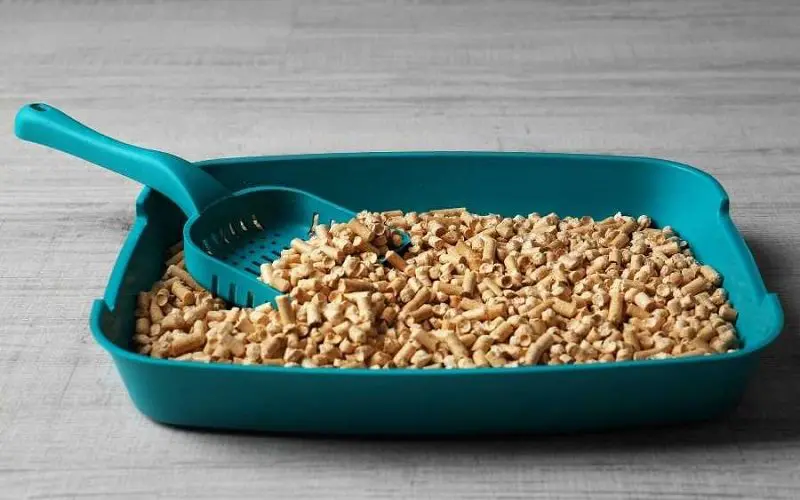
We cannot stress how great alternative pine pellets are.
The benefits of pine pellets are very much like wood shavings: they are environmentally friendly because they are compostable, lightweight, smell great, and are pretty cheap.
You can find these in the same places you can buy wood shavings.
The clean-up is fairly simple. The greatest thing about pine pellets is that when moisture is introduced, they turn into sawdust!
That means if you have a sifting litter tray, cleaning up is very easy! We did not notice that if you leave the sawdust pile up at the bottom, it gets dusty, so we try to keep our litter boxes fairly clean.
Pros
- Absorbs and smells well
- It has a nice smell
- Easy to clean by clumping
- Sourced in bulk
- Lightweight
Cons
- Maintenance required to prevent dust from tracking
5. Chicken Feed
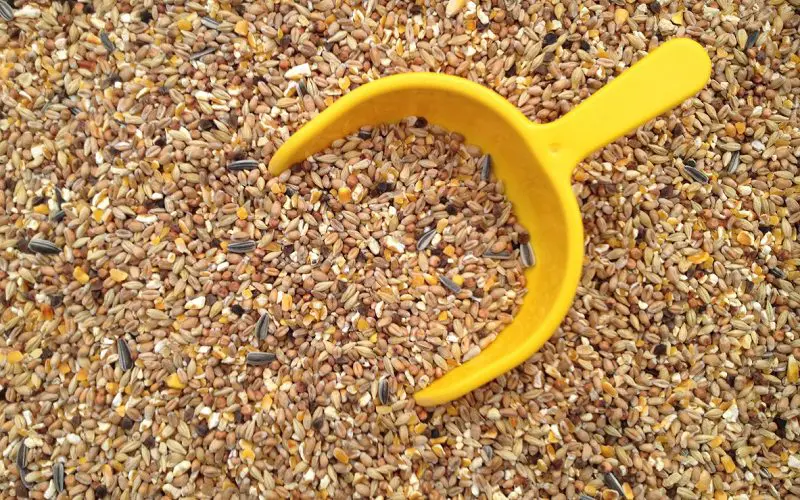
We have friends who found that chicken feed worked really well and is even lighter than the wood alternatives mentioned today.
That is because they are made of ground corn and other grains.
We enjoyed using it because, like pine pellets, it comes in dry form, but when you get it wet, it crumbles, making cleaning with a sifting tray easier.
Alternatives like wood shavings and pine pellets did not make a really big mess, all things considered, but they did leave things dusty if we did not clean often.
Chicken feed is easier to clean up because it does not kick up dust. An issue we had is to source this in bulk where we live, which is mainly suburban and urban.
If you live in a rural area, this would probably be easier to find. And while we did not have issues, depending on where you live, the chicken feed can possibly attract pests into your home.
Be sure to exercise caution and keep your cat litter box dry.
Pros
- Easy to clean up because it crumbles
- Lightweight
- Sourced in bulk
Cons
- It is difficult to source in bulk if you live in an urban or suburban area
- Keep dry to avoid pests
6. Horse Bedding Pellets
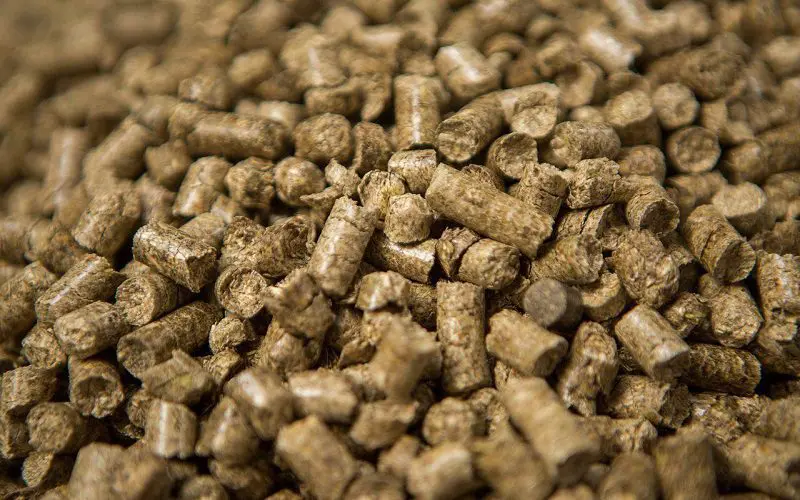
Horse bedding is made from compressed wood materials, so it’s very similar to wood pellets. But unlike other types of pellets, it’s relatively safe to use around cats.
Horse owners use this type of bedding to keep the stalls moisture-free and prevent bad odors since it’s cheap, low-dust, and easy to clean.
Moreover, horse bedding is eco-friendly, compostable, and easy to buy in bulk, which makes it perfect for houses with multiple cats.
However, you should ensure the manufacturer hasn’t treated the pellets with any chemicals and that they’re kiln-dried to remove phenols. Pine phenols are toxic to cats and can cause a wide range of symptoms.
Pros
- Cheaper than feline pine litter
- Compostable and eco-friendly
- Easy to find
- Low-dust
- Low-tracking
Cons
- Not made for cats and can contain phenols
- It doesn’t absorb as well as clay
7. Soil
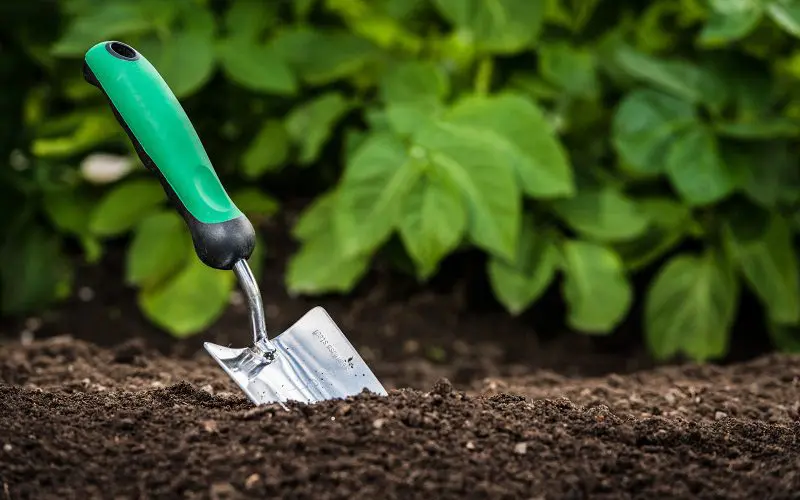
When it comes to cat litter substitutes, the most natural one would be garden soil. Think about it for a moment.
Outdoor cats do their business in gardens all the time, and indoor cats often use potted plants as a bathroom when their litter pan is dirty.
Soil has one big advantage for us over traditional litter. Most cats like its texture and smell, so they won’t look for another bathroom spot. And you can purchase garden soil at the nearest garden shop.
However, using soil is messy. Cats can fling it all over the house and leave muddy prints all over the furniture. So, you’ll need litter mats to control the tracking.
Pros
- Natural cat litter substitute
- Relatively cheap
- Sourced in bulk
- Cats like it
Cons
- No odor control
- Hard to scoop
8. Puppy Pads
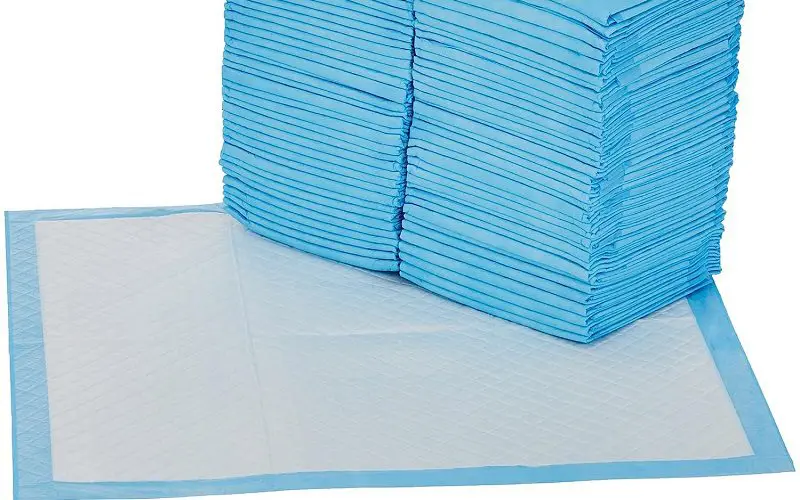
Ask any dog owner, and they’ll tell you how useful puppy pads are during house-training a puppy. That’s because these disposable pads are good at absorbing liquid and are easy to throw away when dirty.
And while most of these pads are made for puppies, cats can use them with no problems. Some felines even like the texture of the pads since it’s similar to paper.
Moreover, puppy pads can be a great way to keep the litter box surroundings clean and absorb any mess that your cat tracks out of the box. But they can be expensive in the long run.
Pros
- Absorb well
- Easy to use and clean
- No dust and tracking
- Useful as a litter mat
Cons
- Not very eco-friendly
- Not the best odor control
- Can be expensive
9. A Human Toilet

While unbelievable, you can train your cat to do its business in the toilet, as long as that doesn’t bother you.
You just need a cat toilet training kit, lots of tasty rewards, and patience. Once your cat is toilet trained, there is no need to worry about litter anymore.
However, this alternative has a few cons. It’s not a good idea to flush cat poop since cats are host to many parasites that are harmful to aquatic life.
And you won’t be able to monitor your cat for any changes in their bathroom habits if you’re not scooping the litter box every day.
Pros
- It doesn’t cost anything
- Less mess to deal with
- No tracking or dust to clean
Cons
- It takes time and cats can start peeing around the house if there’s no litter box available
- Bad for aquatic life
10. Natural Cat Litter Brands
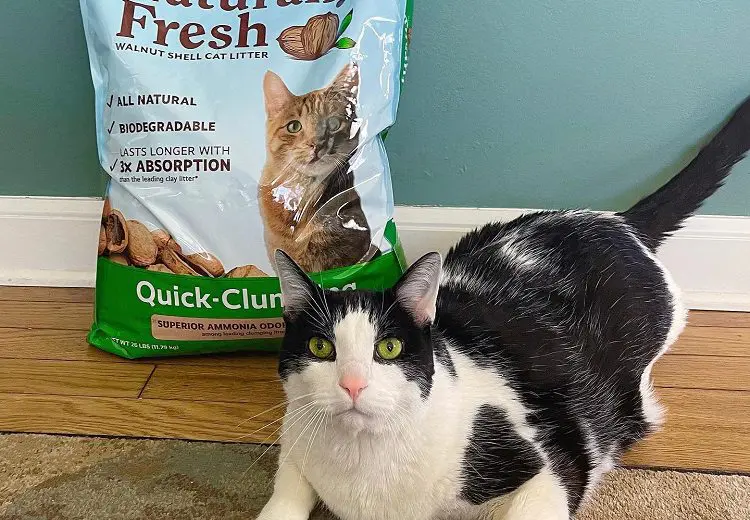
Since many people are concerned about the impact of clay litter on the environment, some litter brands use grass, wheat, paper, walnuts, and wood shavings as a substitute.
From my experience, such natural brands have sufficient clumping power, absorb well, and are relatively low in dust. They’re also lightweight and easy to use.
However, not all cats like the texture, especially if they’re used to clay. Moreover, some natural brands are bad at odor control and have high-tracking formulas.
Pros
- Eco-friendly
- Compostable
- Lightweight
Cons
- More expensive than traditional clay brands
- Not all cats like it
11. Rabbit Pellets
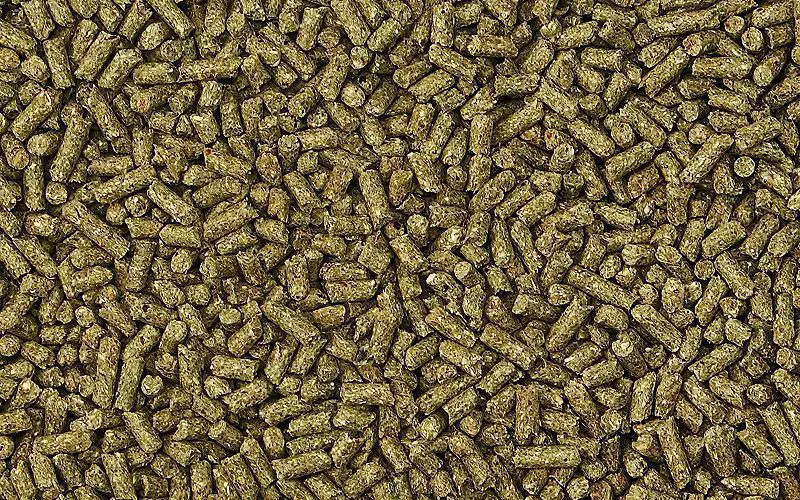
Rabbit pellets are another great cat litter alternative. They absorb moisture well and clump, so it’s easy to clean them.
Moreover, rabbit pellets are easy to dispose of when dirty, and they don’t generate any harmful dust clouds. And since rabbit pellets are made from grass or alfalfa, they’re safe for use around cats.
However, you’ll need to change the pellets as soon as they get wet.
Pros
- No dust
- No harmful chemicals
- Good clumping power
Cons
- Frequent cleaning is necessary
- Some cats don’t like it
Why use cat litter alternatives?
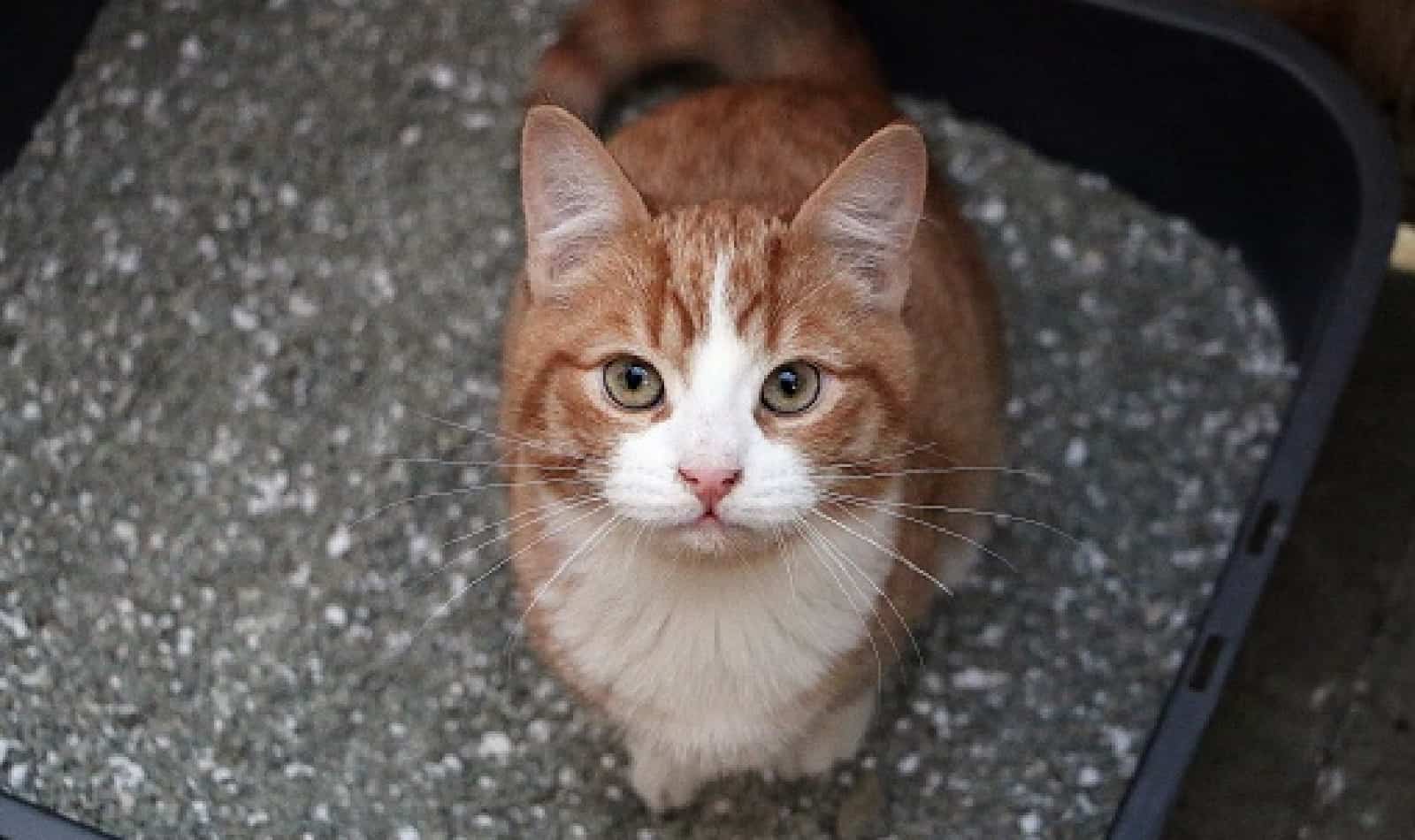
Some of the things you want to look for in a cat litter alternative might be:
- How much does it cost per unit I am buying it in?
- How much product am I getting per unit, and can I store it?
- Is it too heavy?
- How easily can I find this where I am living?
- How easy is it to clean up?
- Does it mask or deodorize the smell?
As we looked into more options for cat litter, we discovered that our modern cat litter was first invented by Ed Lowe.
Back in the day, cats were kept outside, with an area of ash, dirt, or sand as their “litter box area.” As the story goes, a neighbor asked to borrow some ash for her cat.
Instead, he gave her what he had on hand, which was “Fuller’s Clay,” which effectively became what we know today as our kind of clumping cat litter.
Nowadays, however, there are many reasons why an owner would want to consider a cat litter alternative.
Cost
Everybody is different, but generally, you can expect to spend between $12 and $25 on cat litter per month, depending on the brand.
So, while traditional cat litter isn’t very expensive, the cost can be too much for your budget to handle if you have multiple cats.
We don’t need to go into how most pet products could either be DIY-ed or retrofitted out of other products you have at home for a lower cost.
Plastic cat litter boxes are often flimsy, and there are other plastic bins out there that are made sturdier and cheaper.
Generally, we noticed our solutions to cat litter were often things we could repurpose or were found in huge amounts and marketed as something else.
Health Reasons
In addition to the cost, there are also some health reasons to switch to cat litter substitutes.
While we really do not want to go into a tirade, most kitty litter on the market is a combination of synthetic and man-made materials. The three biggest are clay, silica, and biodegradable litter.
Some ingredients, like silica dust, in mass-market cat litter can be harmful to you or your cat if they have allergies or respiratory issues.
Cheap litter brands also use fragrances and chemicals to cover bad odors, which can be harmful to your felines in the long run.
And cats who are prone to eating their poop can become obstructed if they eat clay litter.
Moreover, most cat litter brands are so dusty that your cat leaves dusty pawprints all over the house, which is bad for people and animals with asthma and allergies.
Environmental Reasons
We do not want to get caught in the weeds of the environmental reasons why clay and silica are so detrimental to the environment (in short, strip mining).
However, you can check out a breakdown of the cost-benefits from an environmentally-minded perspective so you can make a better, more informed decision.
Conclusion
We have found that these are alternatives that our other cat owner friends have tried and enjoyed, and while we have our favorites, we had to sift through a few things to see what would work.
We also found that some options were not as accessible to us in bulk because of where we live, which also contributed to shipping costs if you do decide to try one of these options sometime.
Have you tried any of these cat litter alternatives? Which would you recommend? Share below!
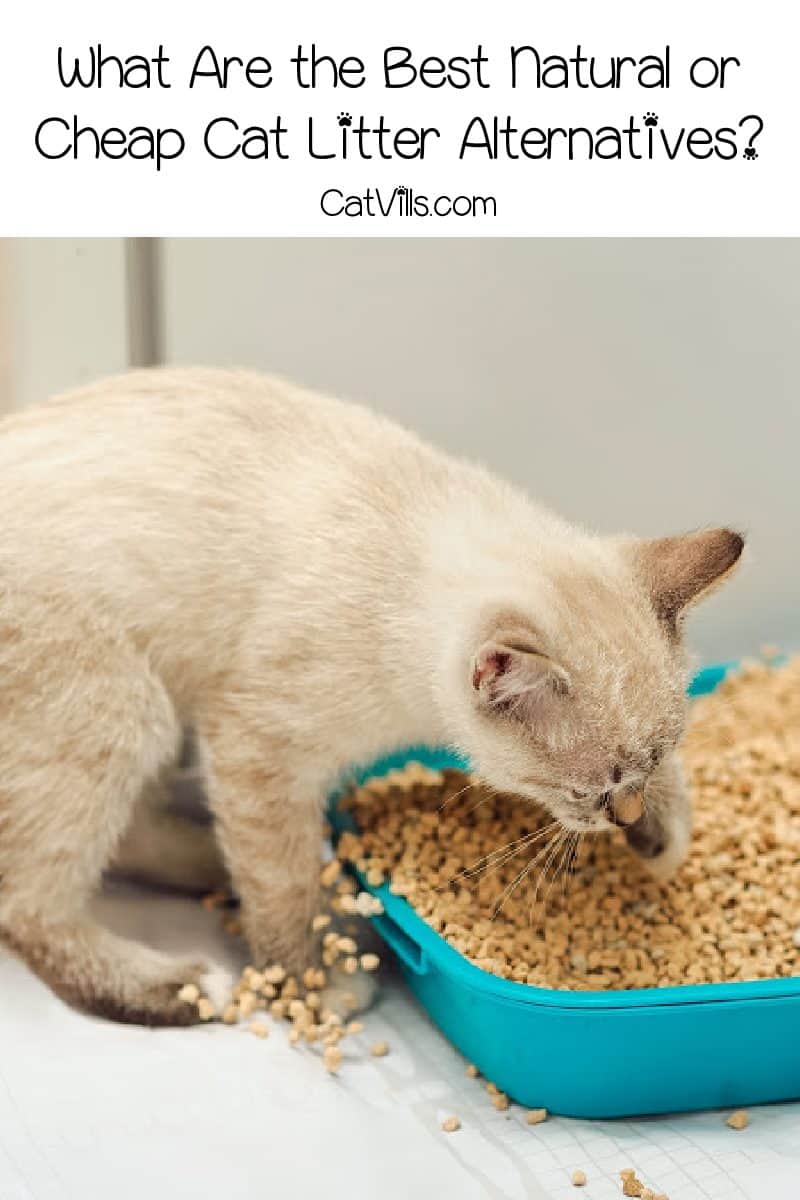

I haven’t ever tried any of the other natural alternatives. That’s interesting about using chicken feed. Never thought of that.
I will have to try some of these out and see if they work for my cats.
Wow! There are so many options. I had NO idea!
I have never had to buy cat liter, but had no idea there was so many kinds.
We use to use wood pellets to for my cat. It is a great alternative helps with odor and is much cheaper.
I haven’t tried any of these. My cat is pretty picky with types of litter so it might be hard to make the change.
I have to make sure to share these tips with my sister.
These sound like great cheap alternatives will have to tell my mum about these 🙂
It’s great to know more about this. I have two cats. It can be hard deciding on which cat litter to get.
I never thought there are so many cat litter alternatives. I will definitely keep them in mind in case I will need them.
I will definitely prefer those that are easy to clean. Thanks for these details!
I never thought about an alternative to kitty litter. I wonder what my family would think about some of these alternatives.
I have little knowledge about cat and this is such a good read. Definitely many information that we can get. This is really perfect for those who are considering have a cat as pet and even those who already have.
Thank you for sharing this knowledge. My cats will be finally happy to have these natural litter box. Very helpful information specially to cat lovers.
What a great informative post! I don’t have pets as of now. The cat owners will find this post and your tips super helpful ?
Thanks for promoting natural litters and the practice of composting cat waste.
However, BEWARE!! From everything I’ve read, it’s dangerous to put cat waste compost on the vegetable garden. It can be used for flowers, shrubs, and trees, but not food crops. The potential problem is toxoplasmosis. I’ve been composting corn cat litter using composting worms, and it works really well. But I won’t put it on the veggies.
Also note that one of the environmental problems with clay litter is strip mining.
Thank you for the honest review on the natural way cat litter, these are great tips if I owned a cat, I would consider using an all-natural one. thanks for sharing this.
This is a fantastic resource. This is going to help anyone looking to transition away from traditional litter.
Good to know that there are cheap options for cat litter. I will have to try some of these.
These are all great ideas. I have tried some of these in the past too. It’s always nice to try out other options.
I was planning on switching to the horse bedding that is made of sawdust. I’ve heard it works great and it’s cheaper to use. I’m using what litter I have left and then making the switch.
I had no idea about these cat litter alternatives, so thanks for sharing the ideas!
I’m so pleased you shared this. I was only aware of the products in our local pet shop. I didn’t know you could use pine pellets, that’s something I’d the to look into x
I am glad that there alternatives to classic cat litter. I know a lot of people that they prefer homemade.
Thank you for this wonderful and informative post. I may be using a bad litter so I will be checking into this more .;)